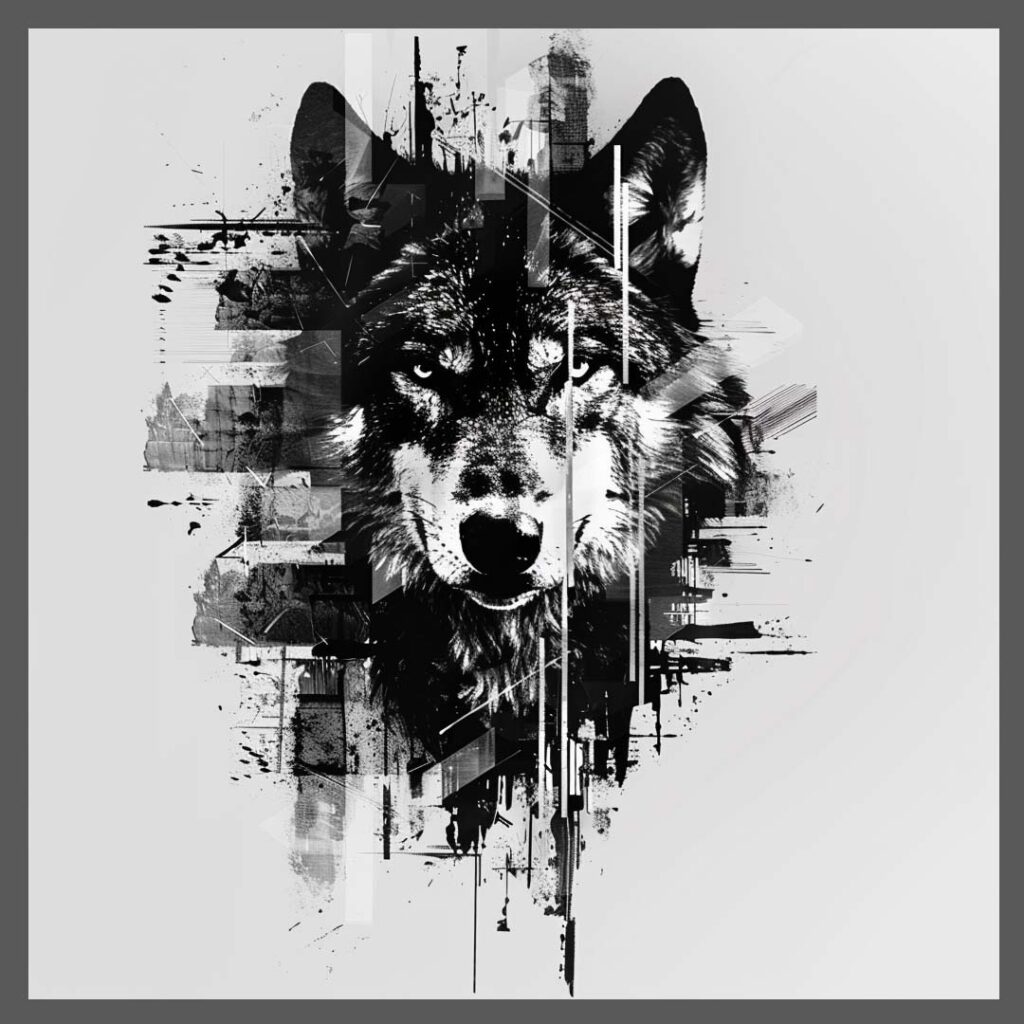
The Role of Storytelling in Marketing
In today’s crowded digital landscape, where every brand is fighting for attention, it’s no longer enough to simply promote a product or service. The key to capturing the hearts and minds of consumers lies in storytelling. It’s not just about selling a product; it’s about creating a narrative that resonates with the audience on a deeper, more emotional level. Storytelling in marketing has evolved into one of the most powerful tools for brands to connect with their audience and build long-lasting relationships.
Why Storytelling Matters in Marketing
People don’t just buy products—they buy experiences, emotions, and stories. As human beings, we are wired to respond to stories. From ancient myths to modern-day movies, stories have always been an essential part of our lives. They shape our perceptions, influence our decisions, and help us understand the world around us. This deep connection to storytelling is something that marketers have tapped into to create compelling campaigns that not only promote but also engage.
In the context of marketing, storytelling allows brands to move beyond the transactional aspect and become part of the audience’s narrative. Great stories don’t just inform; they inspire, entertain, and provoke thought. They create an emotional bond with the audience, making them more likely to trust the brand, engage with its content, and eventually make a purchase. When a brand can tell a story that resonates with its audience, it goes beyond being a mere business—it becomes a part of their lives.
Building a Connection Through Emotion
One of the most powerful aspects of storytelling is its ability to connect with consumers emotionally. Consumers today are bombarded with endless advertisements and product promotions, so the brands that stand out are the ones that can create an emotional impact. Whether it’s through humor, nostalgia, or even sadness, stories evoke emotions that make people feel something. And when people feel something, they act.
Take, for example, the Nike “Just Do It” campaign. It’s more than just about selling shoes or athletic gear; it’s about empowering individuals to push through challenges and defy their own limits. The message is clear: you’re capable of greatness. This narrative resonates with people on a deeply personal level and inspires them to not only buy Nike products but to embody the brand’s ethos.
When a brand’s story is emotionally charged, it lingers in the minds of consumers, and the emotional connection drives decisions. This is why storytelling is such a crucial element of brand loyalty—when people identify with a brand’s story, they become advocates, spreading the message to others.
Creating a Memorable Brand Identity
Storytelling also plays a crucial role in shaping and reinforcing a brand’s identity. Every brand has a story to tell, whether it’s about its founding, core values, or mission. A compelling narrative gives the brand personality and makes it memorable. Instead of just being a name or logo, the brand becomes a character in its own right, with a backstory, motivations, and a clear message that resonates with its audience.
Take Apple as an example. The story of Apple isn’t just about producing cutting-edge technology; it’s about challenging the status quo, thinking differently, and empowering creativity. This narrative has been woven into the brand’s DNA, and it’s why people don’t just buy Apple products—they buy into the Apple story. From Steve Jobs’ vision to the sleek, minimalist design, every aspect of Apple’s marketing tells a story about innovation, simplicity, and creativity.
In a world where competition is fierce, having a unique and compelling story helps brands stand out and carve out a niche in the marketplace. The story behind a brand can make it more relatable, more human, and ultimately more appealing to consumers who are looking for something that aligns with their values and worldview.
Storytelling in Digital Marketing
With the rise of social media and digital content, storytelling has become even more integral to successful marketing. Platforms like Instagram, YouTube, and TikTok are perfect for delivering stories in visually engaging ways. Brands are now able to connect with consumers through short-form video, images, and written content that tell a story in an instant.
User-generated content (UGC) has also added a new layer to storytelling. Consumers themselves have become storytellers, sharing their experiences with products, services, and brands. This type of content feels more authentic and relatable, which is why it resonates so well with audiences. Brands that encourage UGC not only build a stronger community but also empower their customers to become part of the brand story.
The key to successful digital storytelling is authenticity. Consumers today are more skeptical than ever, so brands that deliver a consistent and authentic message are more likely to build trust. Whether through behind-the-scenes content, customer testimonials, or brand documentaries, digital storytelling helps to humanize a brand and make it feel more accessible and transparent.
The Power of Visual Storytelling
While words are powerful, visuals can have an even greater impact. Think about how certain ads or campaigns use powerful images to tell a story in a way that words alone can’t. Visual storytelling is a potent form of marketing because it instantly grabs attention, evokes emotions, and communicates a message faster than text. A well-crafted visual can stay with consumers long after the ad is over.
Take the example of Coca-Cola’s holiday campaigns, where the brand tells a story of togetherness and joy through heartwarming visuals. The imagery of people sharing a Coke during the holidays becomes symbolic of a larger narrative—connection, happiness, and family. These visuals speak louder than any tagline could, and they make the Coca-Cola brand synonymous with positive emotions.
Storytelling in marketing is much more than a buzzword—it’s an essential part of creating connections, building brand identity, and inspiring action. By telling stories that resonate emotionally, brands can create deeper relationships with their audience, moving from mere products to experiences that people care about. Whether through emotional appeal, visual storytelling, or the use of digital platforms, the power of storytelling in marketing cannot be underestimated. In a world full of noise, stories have the power to make a brand stand out and leave a lasting impression.
